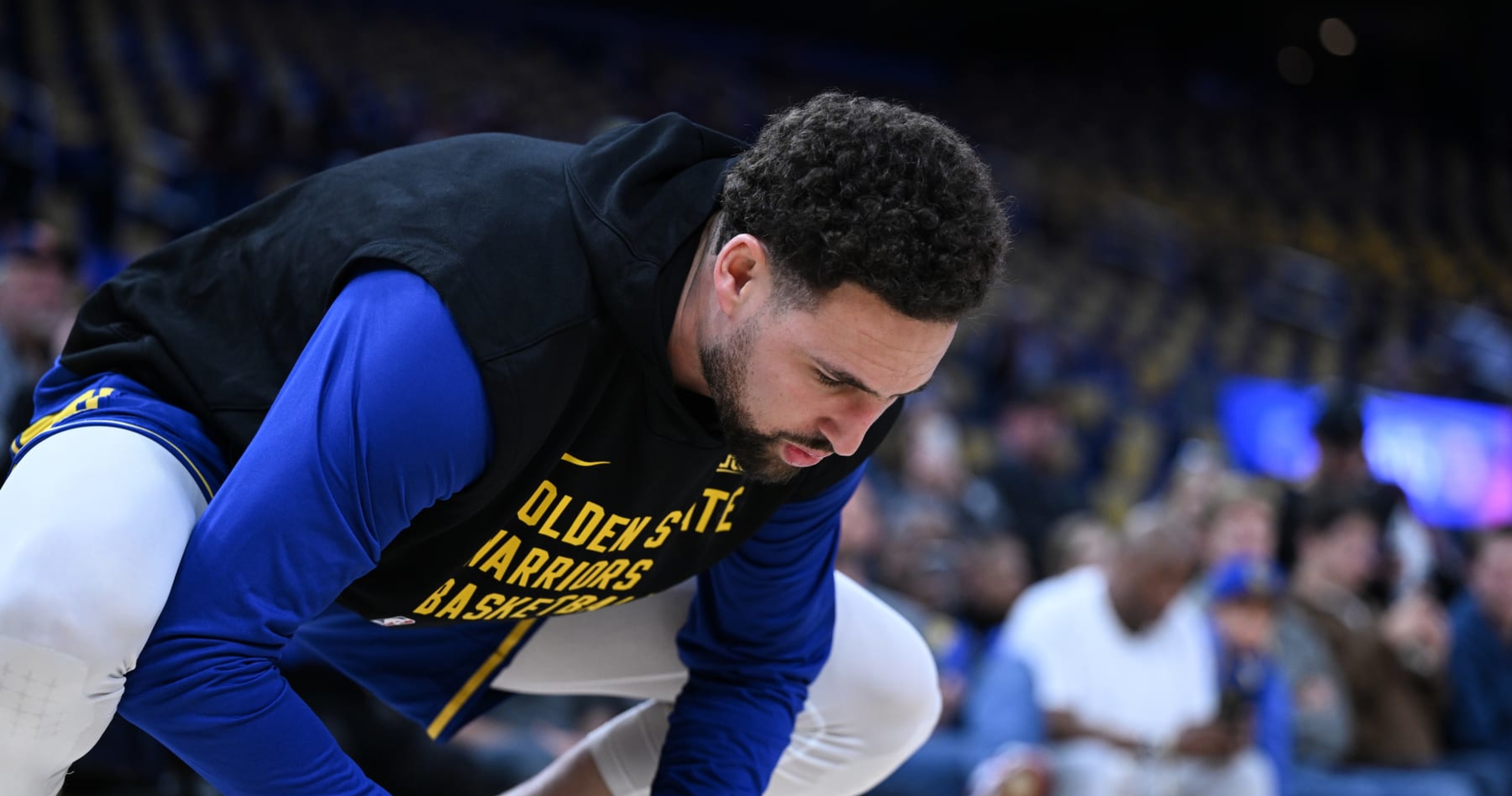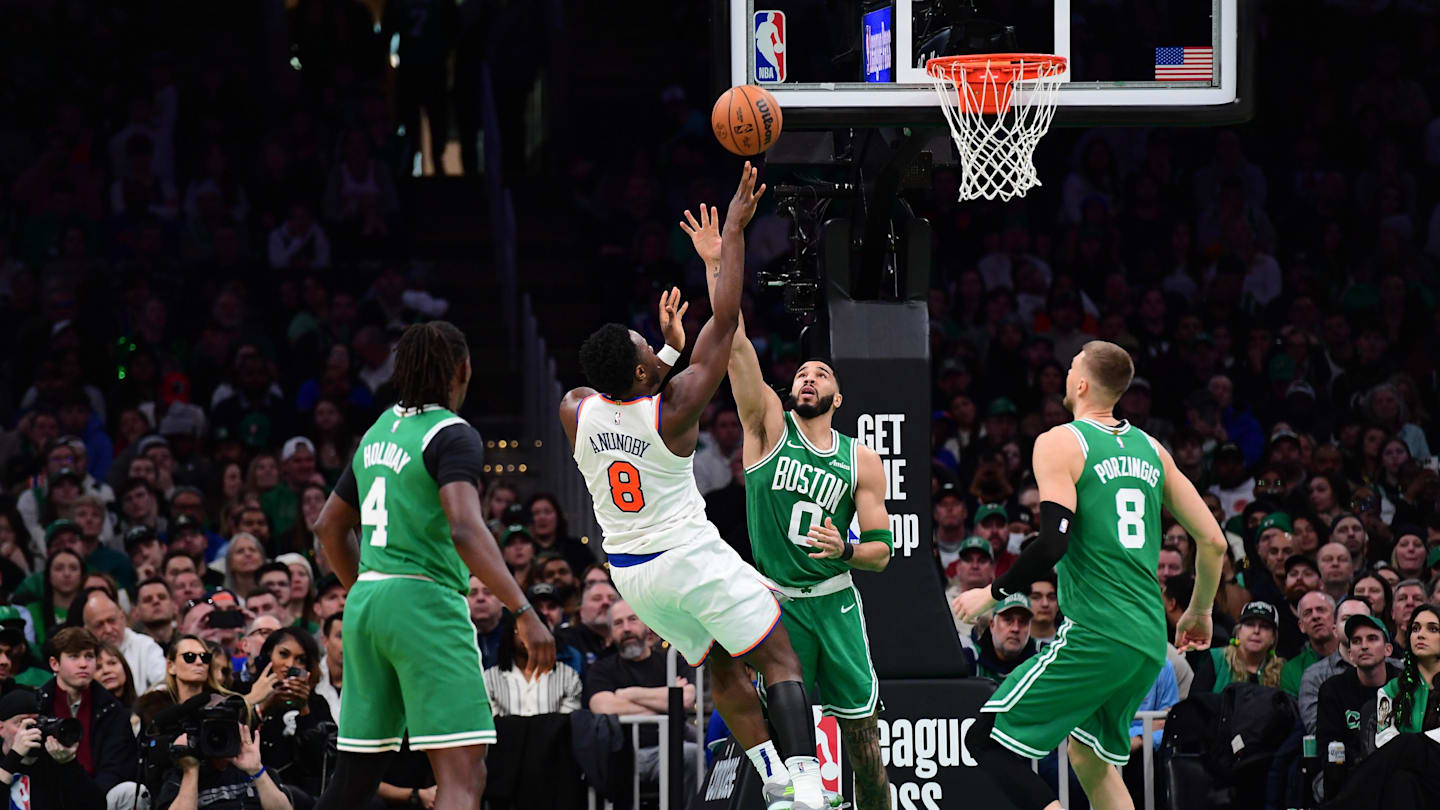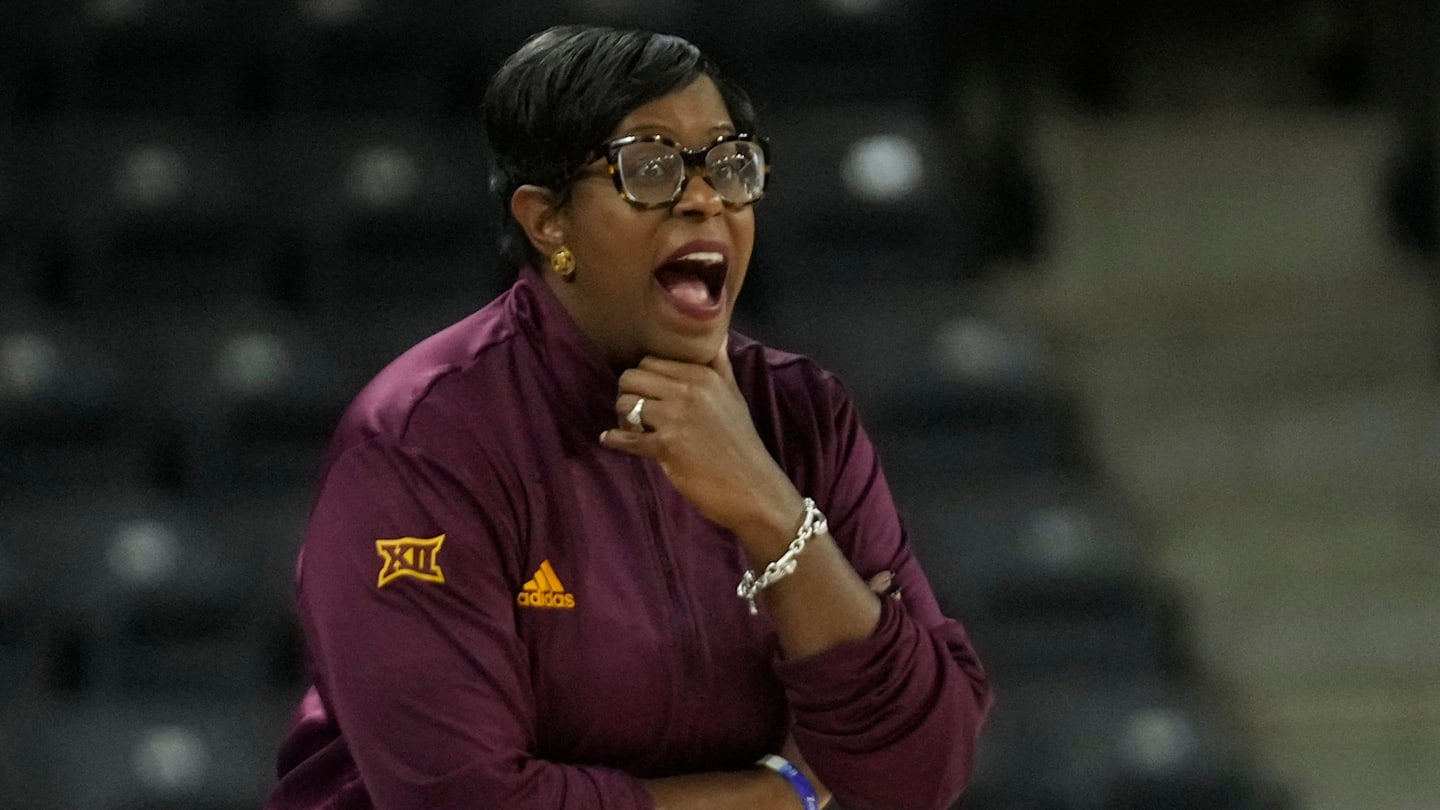Ranking Every NBA Franchise from Cheapest to YOLO

Michael Blackshire
To curtail spending, the NBA has a luxury tax threshold each season (currently $170.8 million). Teams over that line pay a fine. The league uses half the money for revenue sharing, and the remainder is distributed to the non-tax teams.
For example, eight were above the threshold in 2023-24, paying a total of $526.6 million in taxes. Half that amount ($263.3 million) went back to the 22 teams below the line at almost $12 million each.
If a franchise didn’t go into the tax even once, dating back to the start of the 2017 collective bargaining agreement (CBA) through the first year of the current 2024 CBA, the total tax kickback was $46.5 million.
Rule of thumb: if your team has a net tax of -$46.5 million, they’ve been cheap.
Context is essential, like how the New York Knicks have gradually rebuilt into a potent playoff contender and will finally start paying taxes for a team they believe can win.
Similarly, the Minnesota Timberwolves barely dipped into the tax but have one of the league’s heaviest payrolls in 2024-25. Also, some teams fared well without massive spending, like the Indiana Pacers, who recently advanced to the Eastern Conference Finals with one of the lowest payrolls in the league.
The following list details each of the 30 NBA franchises, their net tax bill from 2017-2024, their postseason track record and their projected tax bill for the upcoming season:
Related
NBA: Mark Cuban says he would have asked for more…
Feb 13, 2025; Dallas, Texas, USA; Mark Cuban laughs during the second half of the game between the Dallas Mavericks and Miami Heat at American Airlines
NBA Scout Reveals Why Celtics Can Easily Beats Knicks in…
The Boston Celtics are one of the teams who are expected to be a contender at the end of the season. They are the defending NBA champions, so they feel like the
Nikola Jokić gives peak Nikola Jokić interview with Scott Van…
Nikola Jokić is still rewriting the record books — and treating it like just another day at the office. In a 149-141 overtime win over the Phoenix Suns
Knicks’ Struggles vs. NBA’s Elite Explained
The New York Knicks are one of the best teams in the NBA, but as of late, they have been defined more by their struggles than their triumphs.The Knicks are 0-7











